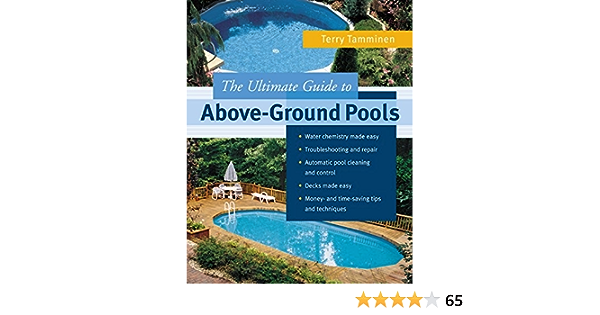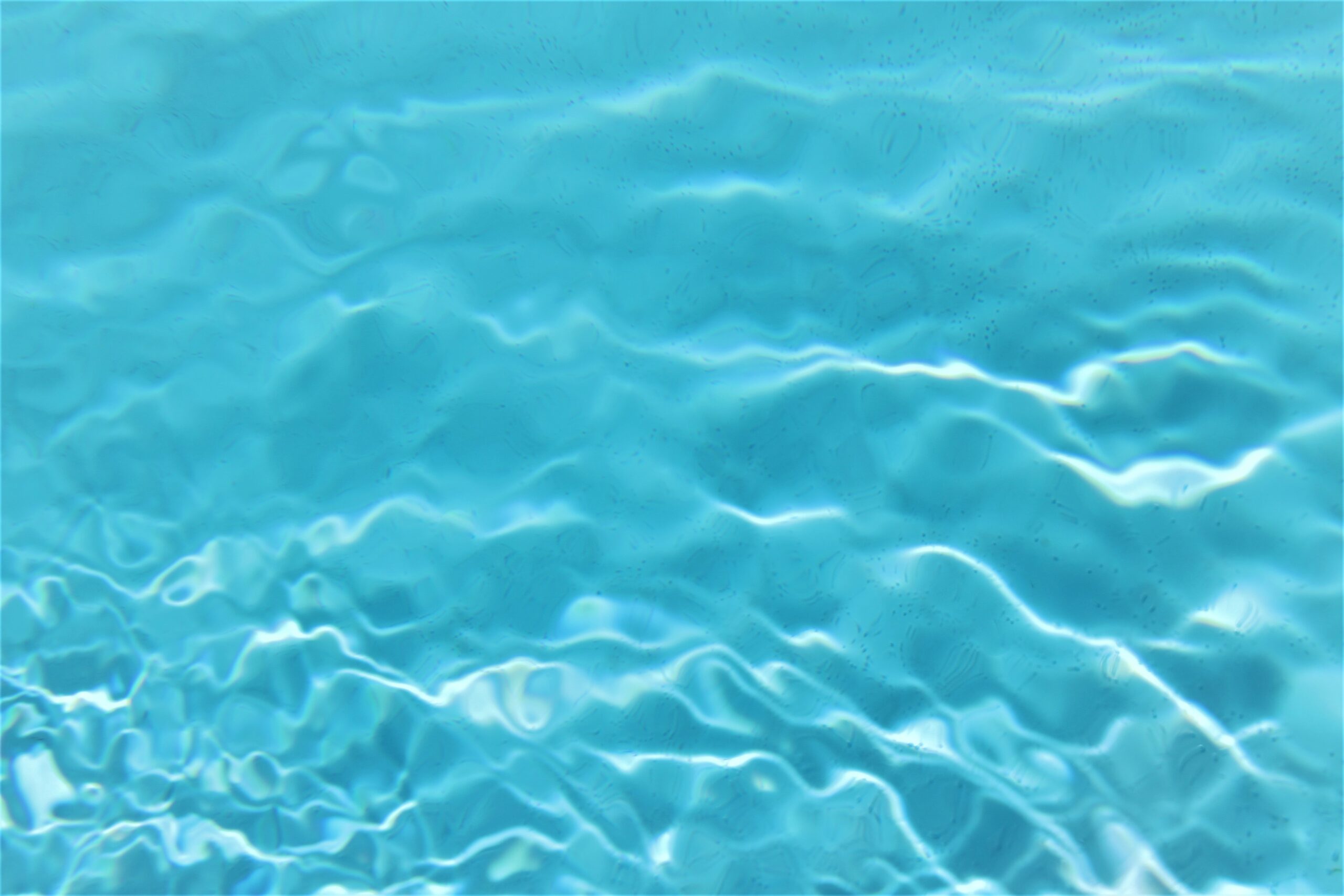Curious about how long it takes for a salt chlorine generator to produce chlorine for your pool? Look no further! This article will provide you with the answers you seek. A salt chlorine generator is a vital component of your pool's maintenance system, ensuring clean and safe swimming water. The time it takes for the generator to reach optimal chlorine levels can vary based on pool size, output setting, filtration system, and water salinity. Understanding these factors will help you effectively manage your generator and maintain ideal chlorine levels. Dive into the world of salt chlorine generators with us!
Key Takeaways
- A salt chlorine generator takes 4 to 12 hours to produce enough chlorine for a pool.
- The recommended running time for a salt generator is 8 to 12 hours per day.
- Insufficient running time can result in low chlorine levels, increasing the risk of algae growth and water quality issues.
- It is important to adjust the output setting and run the generator for the recommended time to maintain chlorine levels and prevent equipment damage.
Factors Affecting Chlorine Generation Time
Factors such as pool size, generator capacity, and the salinity of your water can influence how long it takes for your salt chlorine generator to produce the desired chlorine levels. Pool temperature and maintenance requirements are also important factors to consider.
The size of your pool plays a significant role in determining the time required for chlorine generation. Larger pools require more chlorine, which means the generator will take longer to produce the desired levels. Similarly, the capacity of your generator affects the speed of chlorine production. A higher capacity generator can produce chlorine faster compared to a lower capacity one.
Additionally, the salinity of your water can impact the time it takes for chlorine generation. Saltwater pools require a specific salinity level for optimal chlorine production. If the salinity is too low or too high, it can affect the efficiency of the generator and prolong the time needed to reach the desired chlorine levels.
Pool temperature is another factor that can influence the chlorine generation time. Warmer water tends to promote faster chlorine generation, while colder water may slow down the process. Therefore, maintaining an appropriate pool temperature can help optimize the performance of your salt chlorine generator.
Proper maintenance of the generator is also crucial for efficient chlorine production. Regular cleaning and maintenance of the salt cell can ensure optimal performance and shorten the time required for chlorine generation.
Pool Size and Generator Capacity
To determine the time it takes for your salt chlorine generator to produce chlorine, consider the size of your pool and the capacity of your generator. Pool size plays a significant role in the duration it takes for the generator to generate chlorine. Larger pools require more time and resources to reach the desired chlorine level. On the other hand, smaller pools can be serviced more quickly. The capacity of your generator also affects the time it takes to produce chlorine. Higher capacity generators can generate chlorine at a faster rate, reducing the time needed for chlorination.
Another important factor to consider is the maintenance cost associated with the size of your pool and the capacity of your generator. Larger pools require more chlorine, which translates to higher maintenance costs. Similarly, generators with higher capacity may require more salt, resulting in increased maintenance expenses.
Additionally, the generator's capacity can influence its lifespan. Generators with higher capacity may have a longer lifespan due to lower operating stress levels. On the other hand, generators with lower capacity may experience more strain and require more frequent replacement, increasing maintenance costs over time.
Output Setting and Filtration System
Adjusting the output setting on your salt chlorine generator and maintaining a proper filtration system are key factors in achieving optimal chlorination for your pool. Here are four important points to consider when it comes to output setting adjustment and the benefits of a high-quality filtration system:
- Output Setting Adjustment: The output setting on your salt chlorine generator determines the amount of chlorine produced. By adjusting this setting, you can ensure that the chlorine levels in your pool remain within the recommended range of 1 to 3 ppm. During hot days or periods of heavy pool usage, it may be necessary to increase the output setting to meet the demand for chlorine.
- Benefits of a High-Quality Filtration System: A high-quality filtration system plays a crucial role in maintaining clean and clear pool water. It removes debris, contaminants, and particles that can affect water clarity and the effectiveness of the chlorine. By investing in a reliable filtration system, you can ensure that the water is properly filtered, allowing the chlorine to work more efficiently and effectively.
- Proper Water Circulation: A well-functioning filtration system ensures proper water circulation throughout the pool. This circulation helps distribute the chlorine evenly, preventing any areas of the pool from being under or over-chlorinated. It also helps prevent stagnant water, reducing the risk of algae growth and bacteria formation.
- Extended Equipment Lifespan: A high-quality filtration system not only improves water quality but also extends the lifespan of your pool equipment. By removing debris and contaminants, it reduces the strain on the pump, filter, and other components, preventing premature wear and damage.
Salinity of the Water
Maintaining the proper salinity level in your pool water is essential for the effective operation of your salt chlorine generator. The salinity level refers to the concentration of salt in the water, which is measured in parts per million (ppm). The ideal salinity level for most salt chlorine generators is between 2500 and 4500 ppm.
The salinity of the water can have a significant impact on the efficiency of your salt chlorine generator. If the salinity level is too low, the generator may not be able to produce enough chlorine to effectively sanitize the pool. On the other hand, if the salinity level is too high, it can lead to scaling and damage to the generator's components.
In addition to salinity, two other factors that can affect the efficiency of your salt chlorine generator are temperature and water hardness. The temperature of the water can affect the rate at which chlorine is produced. Generally, higher temperatures increase chlorine production, while lower temperatures decrease it. It is important to note that extremely high temperatures can also reduce the lifespan of the salt cell.
Water hardness, which refers to the concentration of minerals in the water, can also impact the efficiency of the salt chlorine generator. High levels of hardness can cause scaling and buildup on the salt cell, reducing its effectiveness. It is recommended to regularly test the water hardness and address any issues to ensure optimal performance.
To help you understand the impact of temperature and water hardness on your salt chlorine generator, here is a table summarizing the effects:
| Factors | Effect on Chlorine Production |
|---|---|
| Temperature | Higher temperatures increase production |
| Lower temperatures decrease production | |
| Water Hardness | High hardness can cause scaling and buildup |
Optimizing Chlorine Production Time
You can optimize the time it takes to produce chlorine by adjusting the salinity level, temperature, and water hardness in your pool. Here are some tips for reducing chlorine generation time and maximizing chlorine production efficiency:
- Maintain the optimal salinity level: The ideal salinity range for a salt chlorine generator is between 2,500 to 4,000 parts per million (ppm). Too low or too high salinity levels can affect the generator's performance and increase chlorine production time. Regularly test the salinity level and adjust it accordingly to ensure optimal efficiency.
- Control the water temperature: The temperature of the water can impact the chlorine production time. Warmer water tends to accelerate the generation process, while colder water slows it down. Keep the water temperature within the recommended range for your specific generator model to maximize efficiency.
- Consider water hardness: Water hardness refers to the mineral content in the water. Hard water can lead to scale buildup on the salt cell, reducing its effectiveness and prolonging chlorine production time. Use water softeners or other methods to control water hardness and prevent scale formation.
- Optimize generator settings: Adjusting the output setting of the salt generator can help maximize chlorine production efficiency. Increase the output setting during periods of high chlorine demand, such as hot summer days or after heavy pool usage. However, be cautious not to overwork the generator, as it can result in damage and costly repairs.
Frequently Asked Questions
How Much Salt Is Needed for a Salt Chlorine Generator to Produce Chlorine?
To produce chlorine, a salt chlorine generator requires a specific amount of salt. The efficiency of the generator is influenced by this. The amount of salt needed depends on factors such as pool size, salinity, and generator capacity. It is crucial to add the appropriate amount of salt to ensure optimal performance. Insufficient salt can result in lower chlorine production and potential issues with water sanitation. Therefore, it is essential to determine the correct amount of salt required for your salt chlorine generator.
Can a Salt Chlorine Generator Be Used in a Hot Tub or Spa?
Using a salt chlorine generator in a hot tub or spa can offer several benefits. It simplifies hot tub maintenance by continuously producing chlorine, eliminating the need for manual dosing. The generator ensures consistent chlorine levels, preventing the growth of bacteria and algae. This leads to cleaner and healthier water for you to enjoy. Additionally, a salt chlorine generator can reduce the usage of harsh chemicals, making it a more environmentally friendly option for hot tub owners.
What Maintenance Is Required for a Salt Chlorine Generator?
To properly maintain your salt chlorine generator, regular maintenance is required. This includes pool cleaning and water testing. Pool cleaning involves removing debris and maintaining proper pH levels. Water testing helps ensure that chlorine levels are within the recommended range and that the generator is functioning effectively. Regular maintenance is crucial to keep your generator running smoothly and ensure the cleanliness and safety of your pool.
Can a Salt Chlorine Generator Be Used in an Above-Ground Pool?
Using a salt chlorine generator in an above-ground pool can be effective. The generator's effectiveness depends on factors such as pool size, salt cell capacity, and running time. By properly maintaining the generator and adjusting the output setting, you can ensure optimal chlorine levels. It is important to monitor the chlorine levels regularly and adjust the running time accordingly. With proper care and maintenance, a salt chlorine generator can effectively sanitize an above-ground pool.
Are There Any Safety Precautions or Concerns When Using a Salt Chlorine Generator?
When using a salt chlorine generator, it's important to be aware of safety measures and potential risks. Proper maintenance and regular inspection of the generator are crucial to ensure safe operation. Check for any leaks, corrosion, or damage to the salt cell and control panel. Avoid contact with the saltwater while the generator is producing chlorine. Additionally, follow manufacturer instructions for handling and storing salt and chemicals. Taking these precautions will help prevent accidents and ensure the safe use of a salt chlorine generator.
Conclusion
In conclusion, the time it takes for a salt chlorine generator to produce chlorine for your pool can vary depending on factors such as pool size, generator capacity, output setting, filtration system, and water salinity. By understanding these factors and optimizing the operation of your generator, you can maintain the ideal chlorine levels in your pool. Remember, as the saying goes, "A stitch in time saves nine," so it's important to ensure your generator is running for the recommended time to avoid any potential consequences.




